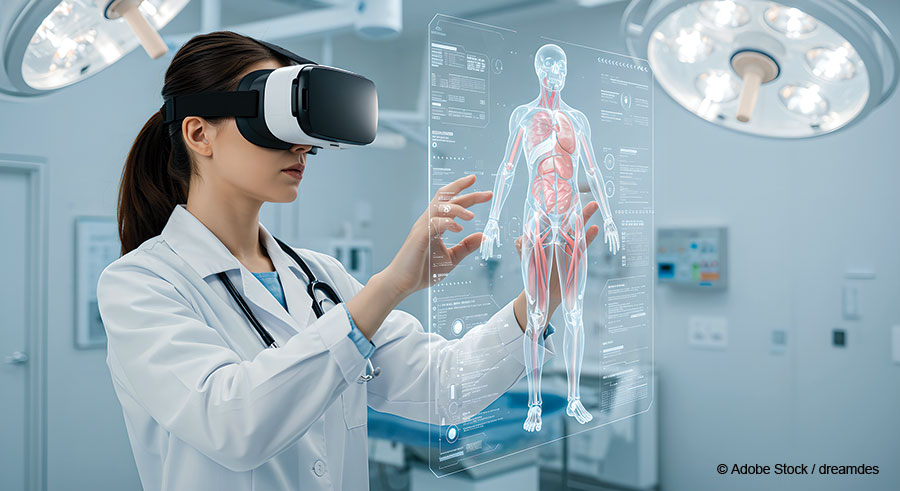 Medical students and residents are embracing new technologies to help them study. This shift is driven by advances in artificial intelligence (AI), educational platforms, and other digital tools, along with demands for more flexible and personalized learning. Here, we discuss the pros and cons of using these new technologies and how program directors and medical schools are adapting to this type of learner.
Medical students and residents are embracing new technologies to help them study. This shift is driven by advances in artificial intelligence (AI), educational platforms, and other digital tools, along with demands for more flexible and personalized learning. Here, we discuss the pros and cons of using these new technologies and how program directors and medical schools are adapting to this type of learner.
Explore This Issue
April 2025“The adoption of new technologies such as ChatGPT, YouTube, and various educational platforms is becoming increasingly common among students across disciplines, including in medical education,” explained Andrés M. Bur, MD, vice chair of technology and innovation, co-director of the head and neck oncology fellowship, and associate professor of the department of otolaryngology–head and neck surgery at the University of Kansas School of Medicine in Kansas City. “The pandemic accelerated the use of digital tools, making them integral to modern learning. Students are leveraging these technologies to supplement traditional educational methods, enabling greater flexibility and personalized learning. The use of these technologies is both frequent and increasing, driven by advances in AI, the accessibility of online content, and the demands for more flexible learning,” Dr. Bur said.
Types of Technology
In addition to ChatGPT and YouTube, Dr. Bur noted that students are using learning management systems, which include platforms like Canvas, Blackboard, and Moodle for course materials, quizzes, and discussions; collaborative tools, such as Google Workspace, Microsoft Teams, and Slack for group projects and communication; flashcard apps like Anki and Quizlet for active recall and spaced repetition; simulations and virtual reality (VR), including tools like Body Interact or VR anatomy labs to practice clinical scenarios in a safe, controlled environment; podcasts and audiobooks for multitasking during commutes or exercise; and AI-powered study assistants, such as Gram-marly, Notion AI, and Wolfram Alpha to enhance writing and analytical skills.
We need evidence-based education; traditional methods are not adapted to our current learners. Comparing outcomes of different teaching strategies is required to see which ones work best, and we should adapt teaching strategies accordingly. —Anaïs Rameau, MD, MPhil, MS
Anaïs Rameau, MD, MPhil, MS, an associate professor of otolaryngology at Weill Cornell Medical College in New York, said, “Many of our residents and medical students use large language models (LLMs) daily to summarize information, create quizzes from textbook contents, and even summarize patient data for tumor board presentations. Some entrepreneurial residents and medical students are creating apps and startups using these new tools.”
The use of LLMs is “increasing among our trainees. They have more mastery of these tools than their mentors, and this is creating a technology divide between trainees and teaching faculty. I am unaware of any effort to address this challenge in ENT training,” Dr. Rameau added.
 A constant search for technology tools exists at the medical school level, according to Eric Gantwerker, MD, a pediatric otolaryngologist at Cohen Children’s Medical Center at Northwell Health, and associate professor of otolaryngology at the Donald and Barbara Zucker School
A constant search for technology tools exists at the medical school level, according to Eric Gantwerker, MD, a pediatric otolaryngologist at Cohen Children’s Medical Center at Northwell Health, and associate professor of otolaryngology at the Donald and Barbara Zucker School
Leave a Reply